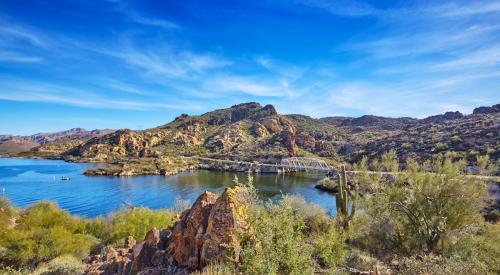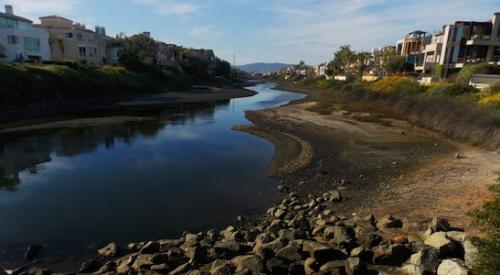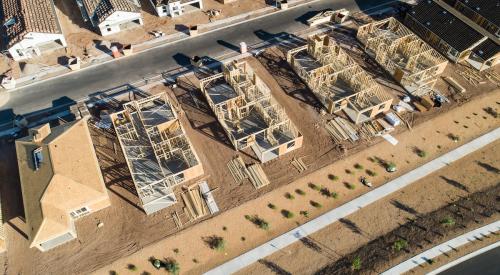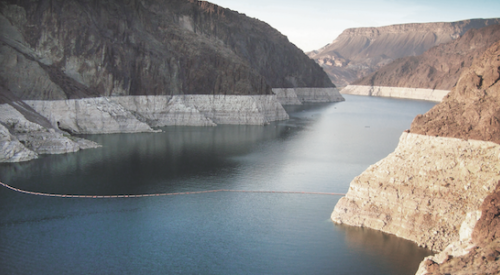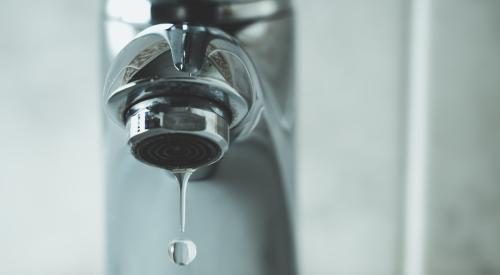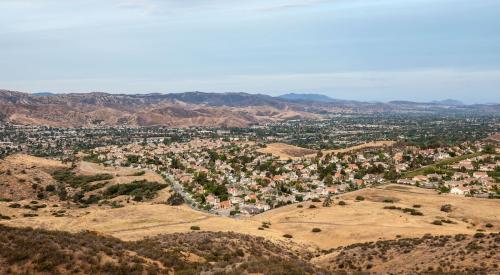The majority of California’s water reservoirs are far below average heading into the state’s third straight year of drought. With a low outlook for rain and snow this winter, officials are restricting water use across the state to never-before-seen levels as climate change poses a substantial threat to one of the nation’s largest agricultural hubs, MarketWatch reports.
The 2021 water year ending on September 30 was one of the driest on record for the Sierra Nevada range, where total precipitation logged was only 44% of the region’s average. Most of the state’s water supply is pumped into urban areas where the majority of the population resides, but rural farmlands also depend on large allocations of water to stay up and running.
Over the past 1,100 years, there has been at least one dry period lasting four years or longer each century. There have been two in the past 35 years—1987-92 and 2012-15. A warmer climate intensifies the effect of these dry periods, as drier soil and drier air stress both natural vegetation and crops.
Rising global temperatures affect runoff from the Sierra Nevada, which provides over 60% of California’s developed water supply.
Communities and farms can pump more groundwater when supplies are low, but the state has been pumping out more water than is replenished in wet years. Parts of the state rely on water from the Colorado River, whose dams provide for several years of water storage, but the basin lacks the runoff to fill the dams.

